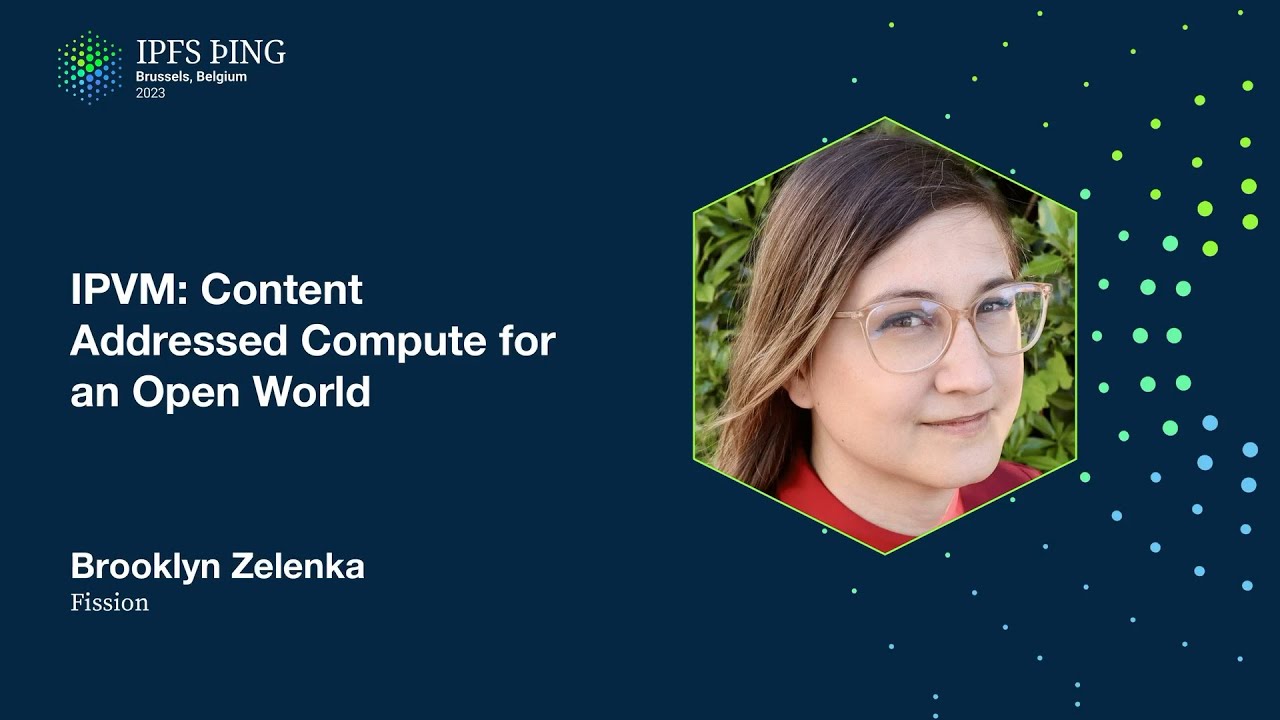Dear fellow Sovryns,
I hope this letter finds you well. I am writing to initiate a discussion and invite your valuable input regarding the expansion of the Rootstock (RSK) and Bitcoin ecosystems. I would like to present an intriguing concept—a Bitcoin-native InterPlanetary Linked Data (IPLD) based “internet” that integrates hyperexpressive smart contracts, interoperable electronic cash (ecash) protocols, and decentralized cloud computing capabilities. By combining these elements, we have the potential to build a powerful and versatile ecosystem that revolutionizes decentralized computing.
I believe that open collaboration and diverse perspectives are essential in exploring the possibilities of such a groundbreaking endeavor. Therefore, I would greatly appreciate your insights and feedback on the following key elements:
- Bitcoin-native IPLD “Internet”: Leveraging the power of IPLD, we can establish a decentralized and secure network that enables seamless data sharing and retrieval across different platforms and protocols. This Bitcoin-native IPLD “internet” could provide a foundation for a wide range of applications, fostering innovation and expanding possibilities within the Rootstock and Bitcoin ecosystems. Notably, IPLD heavily relies on CID (Content Identifier) content identification, empowering users to verify the veracity of any content they interact with or consume, ensuring integrity and trust within the network.
- Hyperexpressive Smart Contracts and Decentralized Cloud Computing: Integrating hyperexpressive smart contracts with a proposed decentralized cloud computing module, powered by the IPVM execution layer, opens up new avenues for advanced programmability and automation. The decentralized cloud computing infrastructure utilizes the untapped computational resources of network participants, promoting scalability, privacy, and security. This integration unlocks new possibilities for decentralized application deployment, including decentralized AI and machine learning.
- Interoperability and Ecash Protocols: The proposed system supports interoperability between BTC and Rootstock native assets such as DoC and DLLR, facilitating seamless value transfer and financial interactions within the ecosystem. The integration of electronic cash protocols enhances privacy, security, and transaction efficiency on the network.
I firmly believe that the implementation of a Bitcoin-native IPLD “internet” within the Rootstock and Bitcoin ecosystems could reshape decentralized computing and transform the way we interact with the internet. It has the potential to foster an ecosystem of decentralized applications, secure data storage, and efficient financial interactions. The applications are vast, ranging from decentralized document management and secure contract execution to collaborative file systems and decentralized AI.
To further enrich our discussion and provide you with additional insights into the technical aspects and possibilities of this proposal, I have compiled a set of reference materials, which are listed below:
- “Overview of WNFS Scope” - Watch from 31:19 to ~39:30: YouTube Link
- “UCAN Explanation” - A concise overview of UCAN: YouTube Link
- “IPVM Decentralized Cloud Computing Execution Layer” - Information on the IPVM decentralized cloud computing execution layer: YouTube Link
- “Filecoin Anchored to BTC” - Paper co-authored by Marko Vukolic about how Filecoin is anchored to BTC: Research Paper Link
- “On the Future of Decentralized Computing” - A paper by Marko Vukolic that inspired many of the thoughts and ideas presented in this proposal: Research Paper Link
- “Bitcoin Cryptography to counter AI threats” - Interview with Michael Saylor regarding unexplored use cases of the Bitcoin network: YouTube Link
I invite you to share your thoughts, concerns, and ideas regarding this proposal. I value your expertise and believe that an open dialogue can lead us to innovative solutions. Together, we can explore the potential technical implementation, potential collaborations, and the significant benefits this concept can bring to the Rootstock and Bitcoin ecosystems.
Thank you for your time and attention. I eagerly await your response and look forward to engaging in fruitful discussions.
Yours sincerely,
HuluvuBlue

